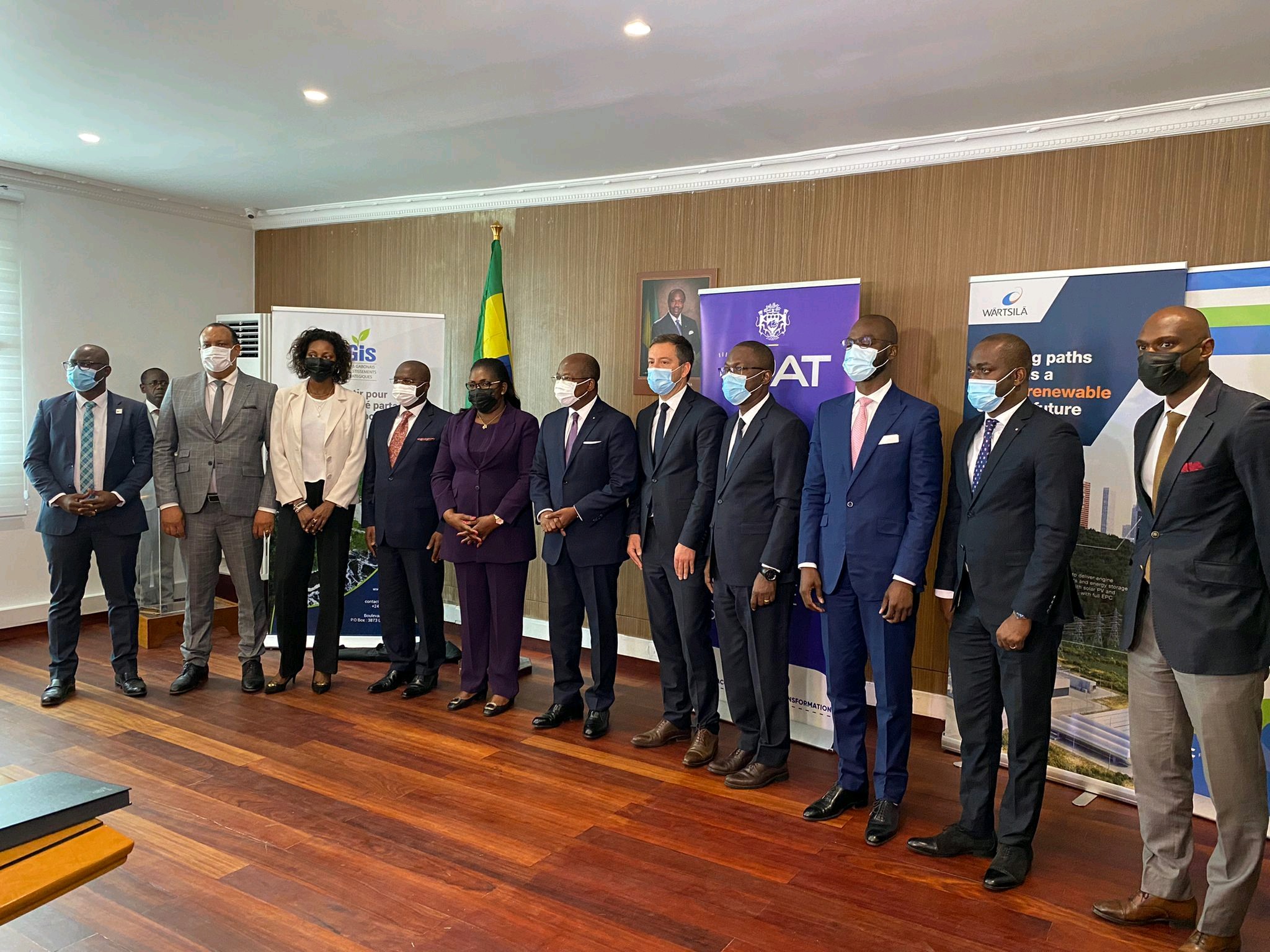Yesterday, the Gabon Power Company (GPC) signed a landmark Concession Agreement with Wärtsilä for the development, supply, construction, operation and maintenance of a new 120 MW gas-to-power project in Owendo, next to the capital city of Libreville.
Wärtsilä will jointly lead the project with the GPC, a subsidiary of Gabon’s sovereign wealth fund FGIS via a new joint-venture called Orinko S.A.
Under the agreement signed yesterday, Wärtsilä will build the plant under a full Engineering, Procurement, and Construction (EPC) contract and will then operate and maintain it under a long-term 15-year Operation and Maintenance (O&M) agreement. The EPC contract and the O&M agreement will be signed in 2022 with Orinko S.A.
When commissioned, the plant will supply electricity to Société d’Energie et d’Eau du Gabon (SEEG), the Gabonese utility, under a 15-year Power Purchase Agreement.
Gabon is currently looking at monetizing its gas across several industries, including power generation. The country already runs several gas-to-power facilities, including the 128 MW Owendo plant, the 105 Port Gentil plant and the 75 MW Alenakiri plant. Most plants are supplied in domestic gas by Perenco. The independent delivers gas on land and at sea through a 450km network of high-pressure pipelines and currently ensure the transport and delivery of 50 MMscfd of gas to the power plants of Port-Gentil and Libreville.
The new gas-to-power plant with Wärtsilä also falls within Gabon’s ambition to increase power generation capacity across the country. In July this year, the GPC and Meridiam had already successfully reached financial close for the 35 MW Kinguélé Aval hydropower plant.

